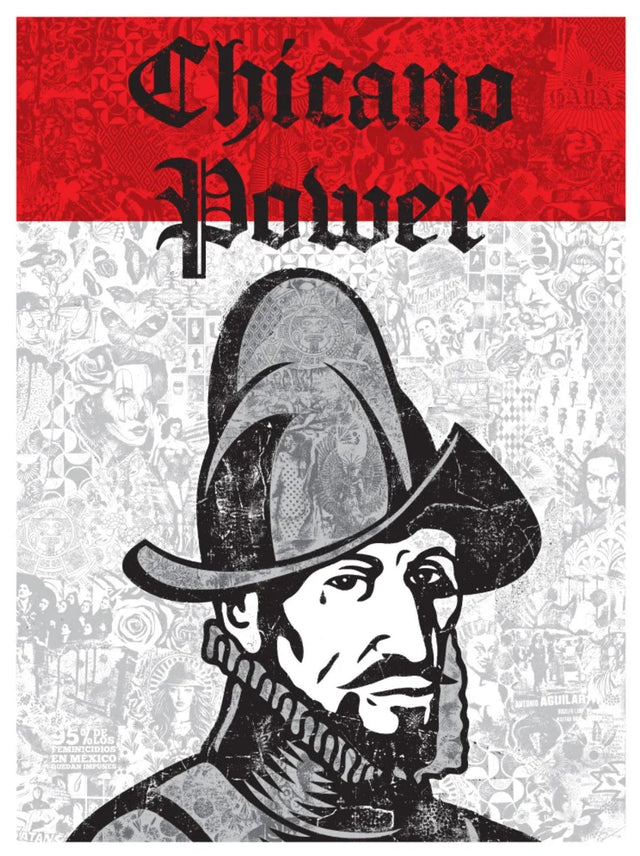
Latin
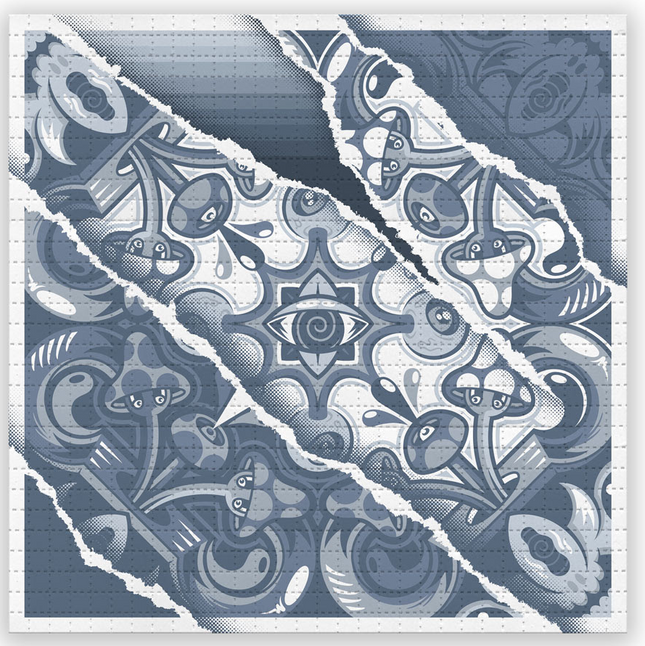
Add Fuel AZ397 Trippin' Grey Blotter Paper Archival Print by Add Fuel
AZ397 Trippin' Grey Blotter Paper Archival Print by Add Fuel Limited Edition Fine Art Archival Pigment Print Art on Perforated Blotter Paper. 2022 Signed & Numbered Limited Edition of 75 Archival Pigment Print on Perforated Blotter Paper Size: 7.5 x 7.5 Inches Release: April 19, 2022 Limited blotter editions are hand-perforated by Zane Kesey.
$436.00
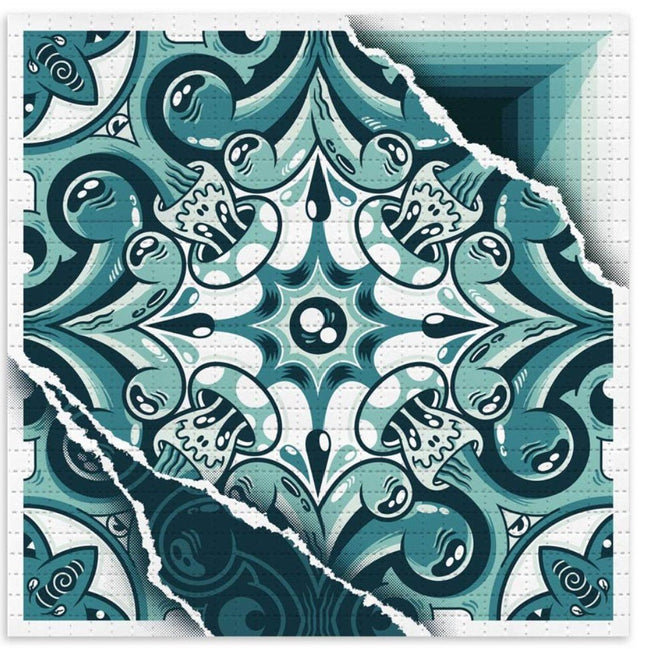
Add Fuel AZ373 Trippin Green Blotter Paper Archival Print by Add Fuel
AZ373- Trippin Green Blotter Paper Limited Edition Archival Pigment Print Art on Perforated Blotter Paper by Add Fuel pop culture LSD artwork. 2021 Signed & Numbered Limited Edition of 150 Blotter Artwork Size 7.5x7.5. Limited blotter editions are hand-perforated by Zane Kesey & may vary slightly from the example shown. The AZ373-Trippin Green Blotter Paper represents a fascinating fusion of subcultural edge and high artistry within Street Pop Art and Graffiti Artwork. This limited edition piece, a work by the artist Add Fuel, exemplifies the ongoing intersection of art and counterculture, particularly within the sphere of psychedelia. Released in 2021, each print in the limited series of 150 is a testament to the meticulous craftsmanship and cultural relevance that Add Fuel brings to the table. Crafted with archival pigment print on perforated blotter paper, a material historically linked with the distribution of LSD, this artwork encapsulates a period where drug culture heavily influenced visual art, music, and lifestyle. The 7.5x7.5 inch artwork size is manageable for collectors and intimate enough to draw viewers into its complex design. The intricate patterns and vibrant Green hues are reminiscent of traditional ceramic tile aesthetics, reimagined through a contemporary lens to challenge perceptions of what street art can encapsulate. The personal touch is evident as each blotter edition is hand-perforated by Zane Kesey, further adding to the uniqueness of each piece. Kesey's involvement connects the artwork to a broader narrative, considering his father, Ken Kesey, was a figurehead of psychedelic culture. This lineage authenticates the artwork, bridging past and present ideologies. As a collectible, the AZ373-Trippin Green Blotter Paper is not just a visual delight but also a historical artifact. It stands as a bold statement in the collector's world, where art meets subversive history, and each numbered piece carries the artist's signature, sealing its status as a genuine piece of Street Pop Art. Collectors and enthusiasts of Graffiti Artwork are often drawn to such pieces that not only add aesthetic value to their collection but also carry a narrative of cultural shift and artistic evolution.
$422.00
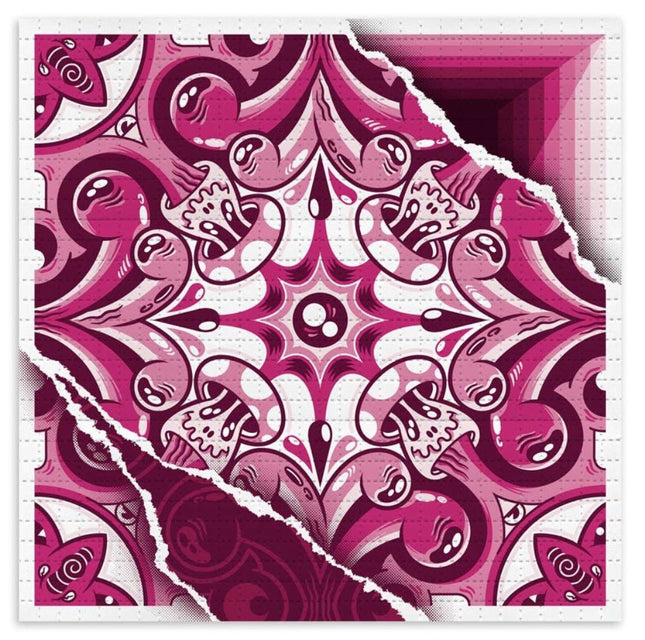
Add Fuel AZ373 Trippin Pink Blotter Paper Archival Print by Add Fuel
AZ373- Trippin Pink Blotter Paper Limited Edition Archival Pigment Print Art on Perforated Blotter Paper by Add Fuel pop culture LSD artwork. 2021 Signed & Numbered Limited Edition of 150 Blotter Artwork Size 7.5x7.5. Limited blotter editions are hand-perforated by Zane Kesey & may vary slightly from the example shown. The AZ373-Trippin Pink Blotter Paper represents a fascinating fusion of subcultural edge and high artistry within Street Pop Art and Graffiti Artwork. This limited edition piece, a work by the artist Add Fuel, exemplifies the ongoing intersection of art and counterculture, particularly within the sphere of psychedelia. Released in 2021, each print in the limited series of 150 is a testament to the meticulous craftsmanship and cultural relevance that Add Fuel brings to the table. Crafted with archival pigment print on perforated blotter paper, a material historically linked with the distribution of LSD, this artwork encapsulates a period where drug culture heavily influenced visual art, music, and lifestyle. The 7.5x7.5 inch artwork size is manageable for collectors and intimate enough to draw viewers into its complex design. The intricate patterns and vibrant pink hues are reminiscent of traditional ceramic tile aesthetics, reimagined through a contemporary lens to challenge perceptions of what street art can encapsulate. The personal touch is evident as each blotter edition is hand-perforated by Zane Kesey, further adding to the uniqueness of each piece. Kesey's involvement connects the artwork to a broader narrative, considering his father, Ken Kesey, was a figurehead of psychedelic culture. This lineage authenticates the artwork, bridging past and present ideologies. As a collectible, the AZ373-Trippin Pink Blotter Paper is not just a visual delight but also a historical artifact. It stands as a bold statement in the collector's world, where art meets subversive history, and each numbered piece carries the artist's signature, sealing its status as a genuine piece of Street Pop Art. Collectors and enthusiasts of Graffiti Artwork are often drawn to such pieces that not only add aesthetic value to their collection but also carry a narrative of cultural shift and artistic evolution.
$422.00
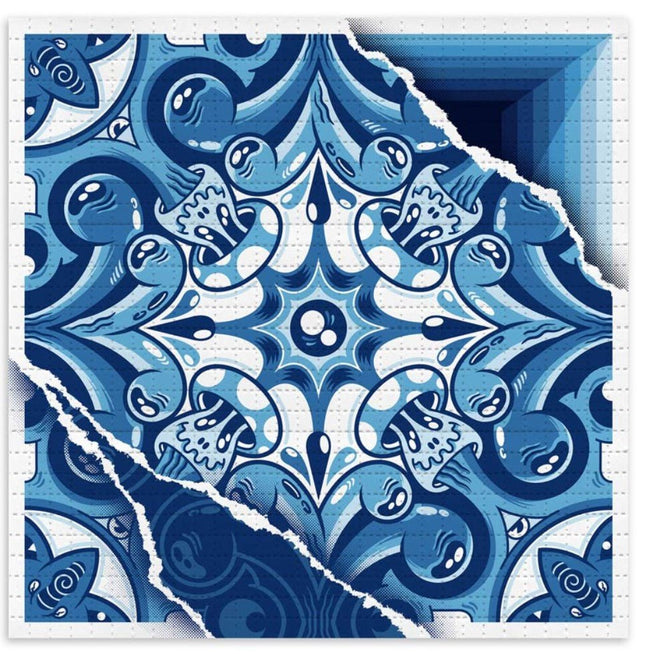
Add Fuel AZ373 Trippin Blue Blotter Paper Archival Print by Add Fuel
AZ373- Trippin Blue Blotter Paper Limited Edition Archival Pigment Print Art on Perforated Blotter Paper by Add Fuel pop culture LSD artwork. 2021 Signed & Numbered Limited Edition of 150 Blotter Artwork Size 7.5x7.5. Limited blotter editions are hand-perforated by Zane Kesey & may vary slightly from the example shown. The AZ373-Trippin Blue Blotter Paper represents a fascinating fusion of subcultural edge and high artistry within Street Pop Art and Graffiti Artwork. This limited edition piece, a work by the artist Add Fuel, exemplifies the ongoing intersection of art and counterculture, particularly within the sphere of psychedelia. Released in 2021, each print in the limited series of 150 is a testament to the meticulous craftsmanship and cultural relevance that Add Fuel brings to the table. Crafted with archival pigment print on perforated blotter paper, a material historically linked with the distribution of LSD, this artwork encapsulates a period where drug culture heavily influenced visual art, music, and lifestyle. The 7.5x7.5 inch artwork size is manageable for collectors and intimate enough to draw viewers into its complex design. The intricate patterns and vibrant Blue hues are reminiscent of traditional ceramic tile aesthetics, reimagined through a contemporary lens to challenge perceptions of what street art can encapsulate. The personal touch is evident as each blotter edition is hand-perforated by Zane Kesey, further adding to the uniqueness of each piece. Kesey's involvement connects the artwork to a broader narrative, considering his father, Ken Kesey, was a figurehead of psychedelic culture. This lineage authenticates the artwork, bridging past and present ideologies. As a collectible, the AZ373-Trippin Blue Blotter Paper is not just a visual delight but also a historical artifact. It stands as a bold statement in the collector's world, where art meets subversive history, and each numbered piece carries the artist's signature, sealing its status as a genuine piece of Street Pop Art. Collectors and enthusiasts of Graffiti Artwork are often drawn to such pieces that not only add aesthetic value to their collection but also carry a narrative of cultural shift and artistic evolution.
$422.00





